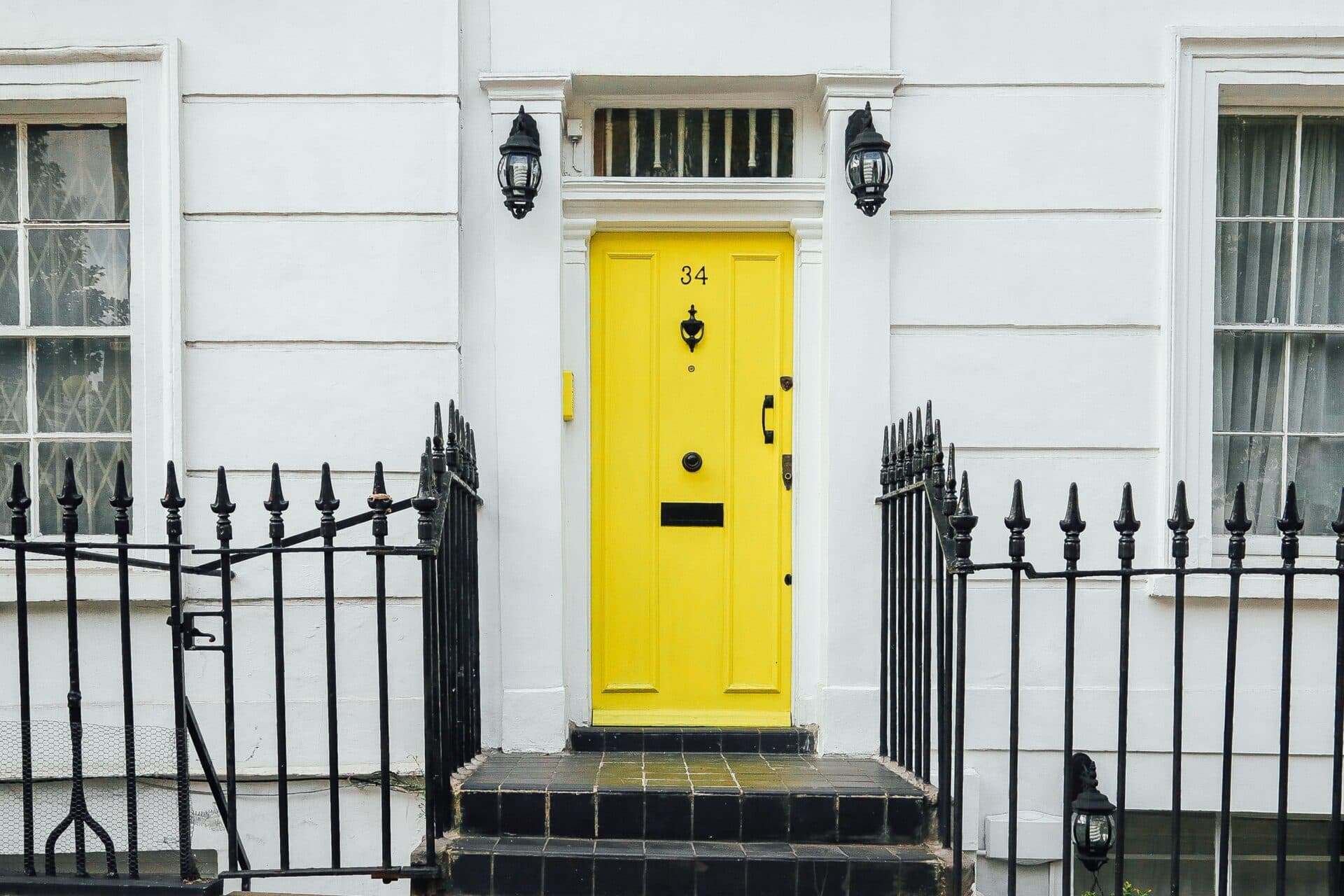

Becoming a buy-to-let landlord presents several exciting financial possibilities. Our buy-to-let guide covers everything from what to look for in a property, to tax requirements and potential costs, giving you a good idea of what to expect.
Buy-to-let is a process that involves buying a property that will be used to lease to tenants. The owner of the property serves as the landlord and typically uses the monthly rental income to pay off the mortgage
As the property’s landlord, you will not be living in it, so you should treat it as a financial investment you need to secure a good financial return on.
So, when looking around for a buy-to-let property, focus on the things that will be important for tenants. This includes:
Renting out requires careful planning and consideration. To get started, it’s important to determine a realistic and achievable rental income. This figure should account for various costs, including making the property attractive to tenants, marketing, management, re-letting, and ongoing maintenance.
Before you list your property, it’s crucial to obtain the necessary permissions, such as consent from your mortgage provider, insurance company, and, if applicable, the Freeholder or Superior Landlord. You will also need to provide proof of ownership to Stadium Residential, as required by law.
Before letting your property, you must have the appropriate permission granted by your mortgage provider or insurance company and, if applicable, consent from any Freeholder or Superior Landlord. Stadium Residential are legally obliged to receive your proof of ownership.
Promoting your property isn’t just about descriptive text, photos and floor plans; you also have to fulfil legal requirements, for example, attaching the energy performance certificate (EPC) to any property particulars and including the rating in any marketing material. If you don’t produce property details, you still need to make the full EPC available during viewings. Health and Safety requirements and general compliance with current legislation need to be addressed, and our teams can discuss what is required with you whilst also advising on any other pre-tenancy works that may be required. It is now a legal requirement that all tenants receive a copy of the “How to rent guide”.
We have found that the most successful method of finding a tenant is for one of our experts to show prospective tenants your property at pre-arranged times – we vet any potential tenants before showing them around your property to be as sure as we can that they are a good match. We will also check that any tenants are legally entitled to rent your home. Once a deal has been struck, we will take up references on the tenants via an independent specialist referencing company for your peace of mind.
One of the most important things about being a buy-to-let landlord is that you need to make sure you receive a strong return on your investment. Not only because you’ll want the venture to be financially worthwhile to generate a healthy profit but also because you need to earn enough to pay off your mortgage commitments.
As a landlord, you will have several mandatory financial responsibilities that need to be accounted for. These include costs for:
Throughout the tenancy, you will also have to pay for any repairs and maintenance required to keep the property and its fixtures and fittings in good, workable condition.
When you become a buy-to-let landlord, you need to meet a host of legal responsibilities. This means you’ll have to:
Bring a buy-to-let landlord also brings with it some important tax responsibilities you need to be aware of, such as:
Assuming this is your second owned property, you will be liable to pay the additional stamp duty rates. For properties worth up to £125,000 you will have to pay 3% stamp duty. Properties worth £125,000 to £250,000 pay 5%, £250,0001 to £925,000 pay 8%, £925,001 to £1.5 million pay 13% and for anything over £1.5 million it is 12% stamp duty.
Any rent you receive must be declared on a Self-Assessment so it can be taxed at the relevant rate. As of 2022-23, the basic rate is 20%, the higher rate is 40% and the additional rate is 45%.
If the property is sold for more than you originally paid (after cost deductions such as stamp duty and estate agent fees) you will have to pay capital gains tax. The tax-free allowance for 2022-23 is £12,300. A couple’s joint allowance is £24,600. Any profit above this amount will be taxed at 18% for basic-rate taxpayers and 28% for higher rate taxpayers.
You will have to pay inheritance tax although the amount varies depending on your circumstances. As a sole landlord with a property value (less outstanding mortgage commitments) exceeding £325,000, you are liable for 40% inheritance tax. For married or civil partner landlords, the threshold is £650,000 which is taxed at the same rate.
Whether it’s your first time as a buy-to-let landlord or if it’s a process you’ve been through before, Stadium Residential can make the journey easier to manage.
As buy-to-let experts in North London, we can help you identify the areas that will maximise your investment so you can enjoy a steady income. We’ll guide you through each step and use our local knowledge to match you with the right property to suit your budget. Our services also extend into marketing your property and finding the right tenants, along with various property management solutions tailored to suit your needs.
Get in touch with our team today to start your buy-to-let journey.